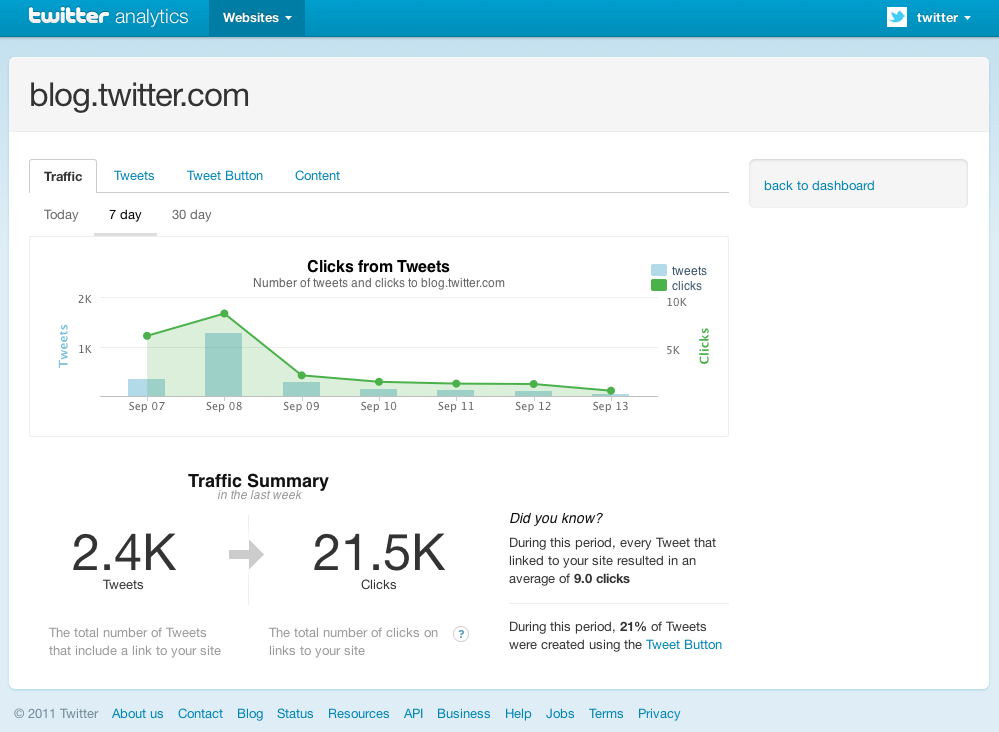A/E/C Social Media wk 4
The Value of Facebook for Architects
By Kelly Steckel
Now dubbed “Zuckerberg’s Law” by New York Times writer Saul Hansell, Facebook founder Marc Zuckerberg was quoted in 2008 at the Web 2.0 Summit having said, “I would expect that next year people will share twice as much information as they share this year, and (the year after that), they will be sharing twice as much as they did the year before”. Though I don’t have statistical data to support this claim, though I am sure it is out there, I do know that Facebook has grown from 100 million active users in August 2008 to 750 million as of September 2011 (source: www.facebook.com, Sept 2011). In addition, every month, more than 250 million people engage with Facebook on external sites. So it would seem to me that there is an awful lot of sharing going on.
And who is doing the sharing? According to www.insidefacebook.com, it’s persons within the age group of 18 – 25 that account for the largest group of Facebook users (2011).
Ages 13 – 17 account for 20.6% respectively
18 – 25 account for 25.8% respectively
26 – 34 account for 21.65 respectively
35 – 44 account for 14.9% respectively
45 – 54 account for 8% respectively
55 – 64 account for 4.6% respectively
This information is particularly relevant because according to some, an architectural firm’s target market tends to fall into the 35+ bracket, or the Baby Boomer generation, verses Generation X (and Y) that most frequently use it. Of course, this is not always the case, and as technology and social media advances it will become the norm, not the exception, to utilize social media for everything from search, research and database creation, to lead generation, sCRM, brand awareness and exposure, recruitment, etc. Architectural firms have always relied on word-of-mouth, referrals and relationships to obtain projects.
Why can’t this be achieved using social media, and in this case, Facebook?
Used by companies to connect, engage and build long-term meaningful relationships with existing and prospective clients, Facebook also provides a platform to drive word-of-mouth and referrals. When clients share news or project related content on Facebook that story is shared within that client’s Newsfeeds and their friends’ Newsfeeds. Imagine the impact when the average user has 130 friends (source: www.facebook.com, Sept 2011). One way this can be achieved is by implementing the Facebook ‘Like’ button on your website. Doing so will build connection and drive referrals to your website. To obtain the maximum benefit from the ‘Like’ button, firms should track these interactions, how they lead back to the website and how many result in conversion. Using Facebook Insights can provide demographic profile insights of visitors and clients that interact with the Like button.
The challenge is to create content of value for your fans to maintain dialog and interest. The messages, video posts and newsfeeds require constant updating. Creditability will decline if you are only posting once a month or even once a week. Remember the goal is to create/extend a value proposition that attracts, engages and connects clients to your firm (Jeffery Gitomer, Social Boom), which needs to be established in strategy before ANY type of social networking is performed. Everyday postings might be difficult, but if manageable is the best way to maintain a consistent presence in the minds of your audience. They will know to look for you. And if you’re not there, they might go somewhere else – to your competition.
And to this point, which is an important one, social media is here to stay. It has changed communication and it has changed marketing. If your potential clients or recruits, etc. cannot find you, but can find your competition, on Facebook, LinkedIn, and whatever new platform(s) will emerge in the future, you are at risk. Remember back to when the website was a new marketing tool. It took some firms years to get on board. Surprisingly, there are still some that maintain there is no need; that their reputation alone brings them enough business. Well, can’t argue with that. If it works, it works. But for those firms intent on truly growing their business, it is now all about social media. And better to be ahead of the game, or at least in it, then left behind, all the while potentially losing clients and brand equity.
Twitter Analytics
Every wonder how much traffic comes to your website because of your twitter posts? Twitter Web Analytics, a new tool announced on 9/13/2011 will most likely give us some answers.
The tool is currently free and in beta. It should be released in a few weeks. For those who are interested, check out this screen shot:)

Rugged Fitness
Here is a before and after of Rugged Fitness who is located with Wethersfield CT. Please feel free and comment, we would love to know what you think of the before and after.


where to buy super clone watcheself bar refillablephone casesphone case shop near mesmartphonehoesjes korting
Colonel Sanders
I was reading this article from John and found it very interesting. Here are a few take anyways
"Rather than focusing on social media ROI, the goals of the corporate social media team – which is managed internally – are:
1) to connect and engage with KFC followers
2) relationships
3) respond to any inquiries
4) have some fun – ex. asking questions on the KFC Facebook page, like “There’s one piece of chicken left in the bucket. What do you do?”
KFC fans are more than willing to respond, and sometimes even initiate brand interaction. Maynard said the Colonel – who passed away quite some time ago – receives marriage proposals and has been invited to weddings. While he could not make those celebrations, of course, the company sent buckets of chicken for the reception. Fans also tweet photos to the company showing off their Colonel Sanders tattoos."
The orginal article in full is located here
A/E/C Social Media wk 3
The Value of Social Media for an Architectural Firm – WOM
By Kelly Steckel
Do you remember that commercial back in the 80’s for Wendy’s with the older ladies asking the question: “Where’s the beef?” For them, a hamburger was of little value if there wasn’t a big chunk of meat to bite their teeth into, fill their bellies and leave them feeling satisfied that they got their money’s worth.
The same can be said about investing in social media. The biggest question for an architectural firm currently is about value. I believe many architectural firms see the value for a product organization, but as discussed in previous postings, they have a hard time determining the overall value and the value of each application and are put off by the overall investment. Perhaps this is the result of a lack of knowledge and understanding of the applications and/or the long-term value that can be gained by each since it is a relatively new communication platform. And of those firms that have actually taken a bite, some are currently questioning if they have bitten off more than they can chew for the exact reasons stated above.
So, “where’s the value?” Well, the main premise behind each social media application available today is about three simple things: attracting, engaging and connecting. For those who think it is about selling or directly winning projects, then for you there is no value and you will have a hard time ever feeling satisfied.
Most architectural firms currently utilizing social media, of which tend to be larger, most often due to the investment in knowledge, man-power and time required, use the following applications: Facebook, Twitter and LinkedIn as well as blogs on and off-site. The key to success is to utilize them all in combination with each other, creating a value called word-of-mouth.
Word-of-mouth is a form of PR, a form of advertising and a form of sales promotion depending on how you see and use it. It can be generated from blogs, social networking sites and online communities, and it can change your business forever. Due to the amount of information available online, and the social networking vehicles that clients use to share information, they are no longer dependent on a company to tell them about a service offering. In a study performed by McKinsey Quarterly, word-of-mouth is the only factor that ranks as one of the top three influencers within each stage of the consumers decision journey, prompting “consider(ation) of a brand in a way that incremental advertising spending simply cannot” (Bughin, Doogan, Vetvik, McKinsey Quarterly, 2010).
Though architectural services are not accustomed to advertising per se, word-of-mouth carries a great deal of impact and weight for a service organization due to the fact that potential clients are more likely to trust the opinion of a friend or a colleague over a firm’s. And as a result of social media, a potential client has more friends than ever before. Information is distributed, repeated and more traffic is being driven to a company due to the conversation and interactions that are being had on these sites. And because clients decide who they are going to become followers of, firms can reach a very targeted audience.
Social media is a tool that aids word-of-mouth in reaching more people at a faster pace. As with other forms of PR, it helps to “turn customers into fans and employees into evangelists” (Jeffery Gitomer). Isn’t this the goal of an architectural firm? Isn’t this valuable?
The upcoming posts will discuss each application separately.


